Jonathan Nunn: the master of tea brewing
***Rachel Khoo would like to thank all the inspiring people who helped make the Khoollect studio a hive of creativity. Although the Khoollect studio’s doors have now closed, you can keep up with Rachel’s newest adventures on RachelKhoo.com and on Rachel’s Instagram and Facebook pages – and, continue to enjoy the Khoollect website’s stories and recipes, which will remain available.***
You may also like
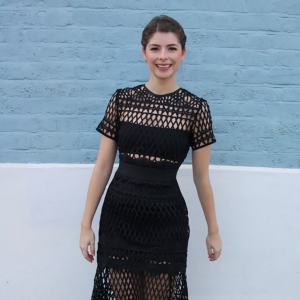
'My patterns have a homespun style' — Nancy Straughan talks textiles
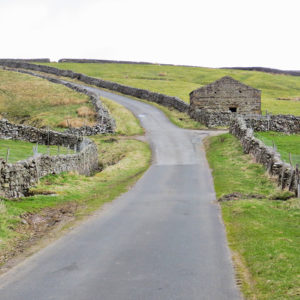
Khoollect explores: Britain's five finest tracks
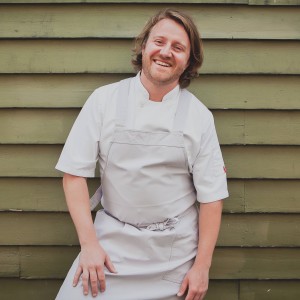
'Most days I pinch myself ' — Matt Wilkinson lives the foodie dream

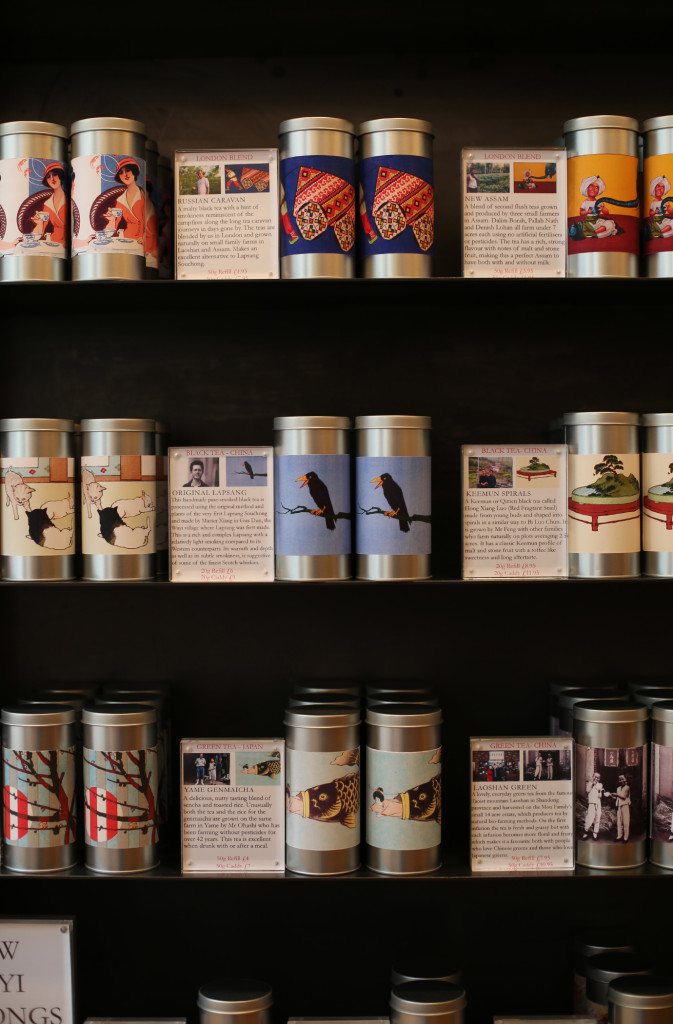
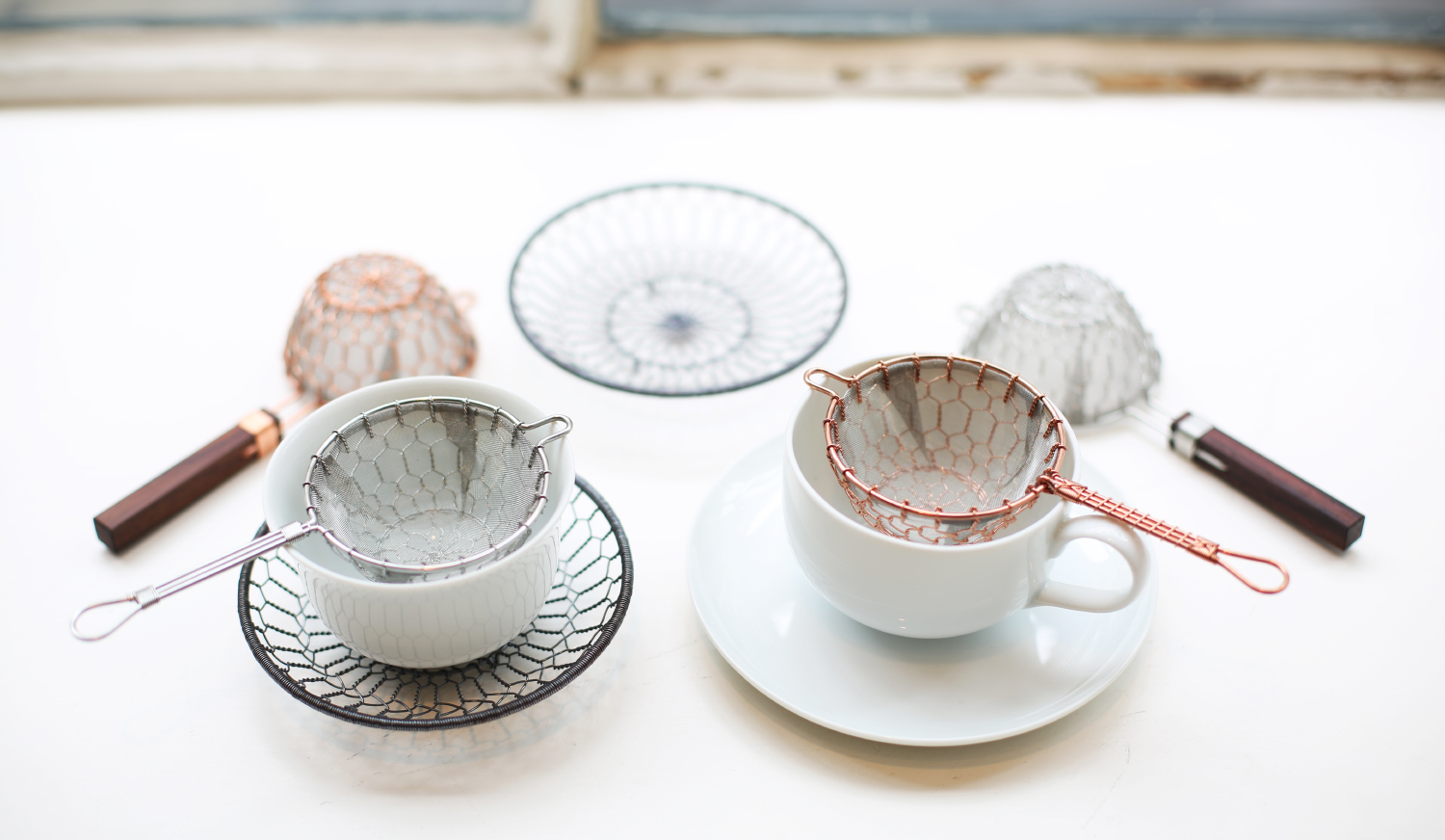
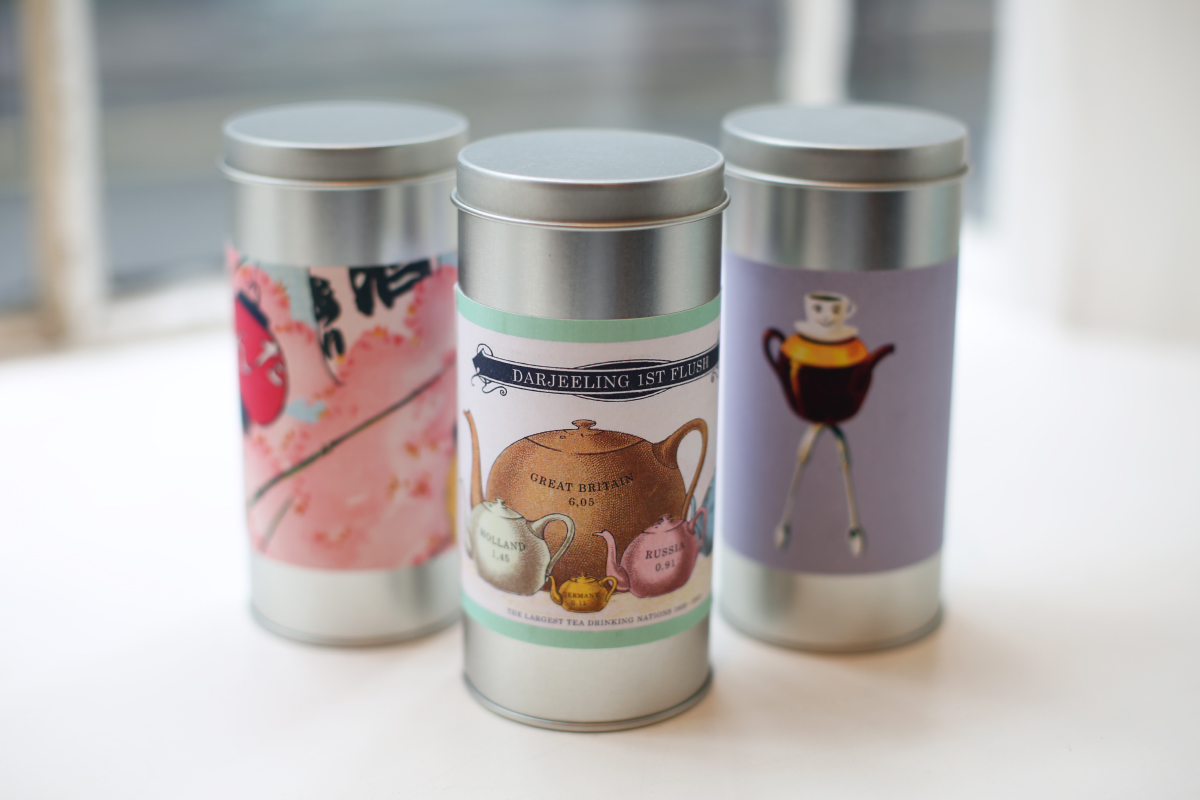




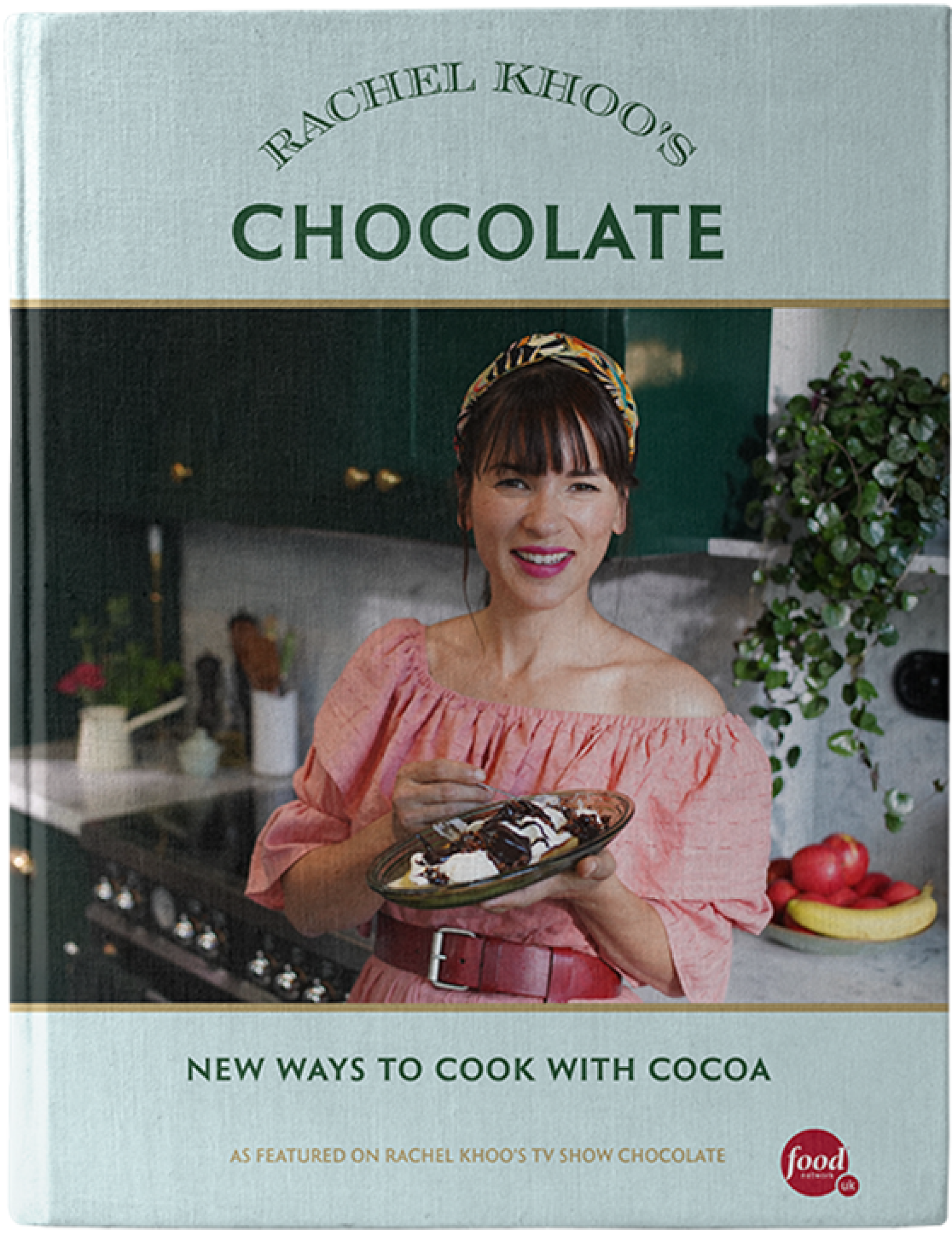
You must be logged in to post a comment.
No Comments »
RSS feed for comments on this post. TrackBack URL